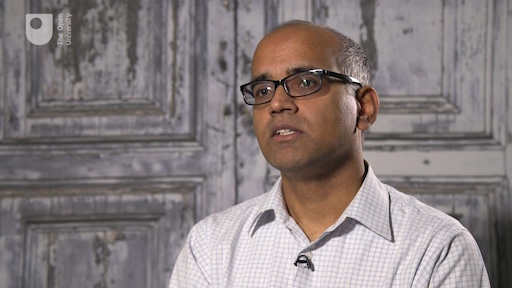5.2 Autism in Lower and Middle Income Countries
The situation for autistic people and their families in many LMICs reflects, at considerably greater scale, the problems experienced in developed areas of the world, but with additional cultural, political and economic challenges. For instance, health priorities may focus elsewhere on problems such as infant mortality, malaria and AIDS. Public awareness and professional understanding of autism is usually limited. Even where diagnosis is available, it may be hampered by inadequate professional training.
As you saw in Week 3, there are differences across cultures in expectations about development and behavior. For instance, in parts of the world where eye contact between children and adults is culturally inappropriate, a lack of eye contact is unlikely to cause concern (Matson et al., 2011). This means that diagnostic criteria and tools based on Western ‘norms’ of child behaviour may be inappropriate for different cultures. Prithvi Perepa comments here on the importance of taking cultural context into account in identifying autism:

Transcript
Another problem is that fear of stigma may cause parents in some societies to conceal their children and avoid or delay seeking help (Kishore and Basu, 2011). The few diagnosed cases in such settings tend to be the children of more affluent parents, and to be ‘obvious’ or classic cases, while high-functioning children are likely to be overlooked. This impacts on overall public understanding of autism in these societies: as in the UK in the 1960s, autism tends to be known only as a profoundly disabling condition.
A recent worldwide autism prevalence estimate of 0.6 per cent, falling well below estimates for developed countries, most probably reflects sparse diagnosis rather than worldwide differences in the incidence of autism (Elsabbagh et al., 2012). Wallace et al. (2012) advocated internationally coordinated efforts to tackle autism worldwide. Some recent key milestones towards this global initiative include resolutions by the United Nations (2007) and World Health Organisation (2014) and the Autism Speaks ‘Global Autism Public Health’ (GAPH) initiative (2008).
To illustrate why such global initiatives are necessary, we will look briefly at autism in Ethiopia, and at a collaborative research and training initiative involving an Open University (OU) team including Ilona Roth, lead author of this course.
